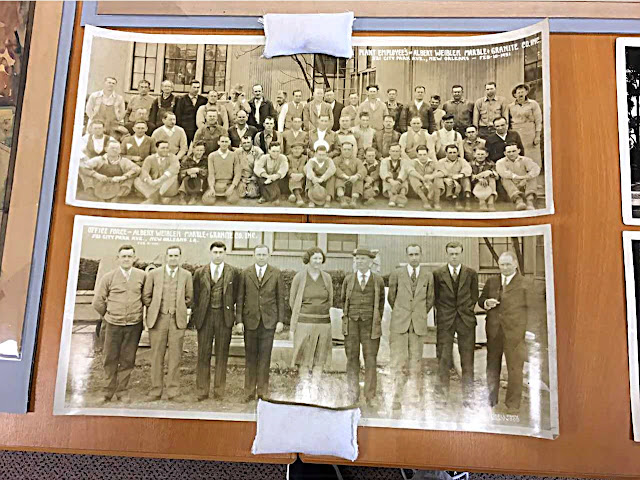For today's opening of the 2018 New Orleans Jazz and Heritage Festival, we thought we would share some of our Sylvester Labrot, Jr. Collection drawings for entrance gates by New Orleans 19th century father-son architects, James Gallier, Sr. and Jr. The drawing above is the entrance for the current New Orleans Fairgrounds, the site of Jazz Fest. The undated, ca. 1850 ink on paper drawing, was originally built for the former Race Track.
 |
| Entrance gates and administration buildings, Charity Hospital, Common Street, New Orleans. Undated. Ink and watercolor on paper. Signed by James Gallier, Jr. |
 |
| Gates for Bank of Louisiana (now sub-station, New Orleans Police Department), Royal and Conti Streets, New Orleans. Undated. Ink and watercolor on paper. |
 |
| Unidentified Gothic style gatehouse. Location unknown. Undated. Pencil on drawing paper. |














